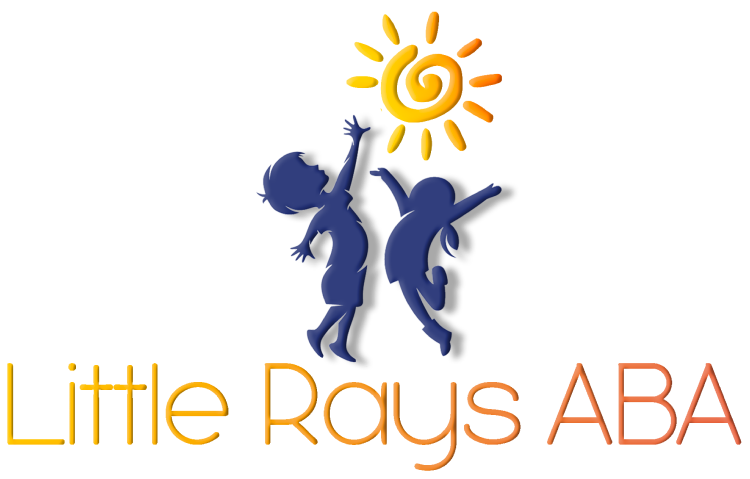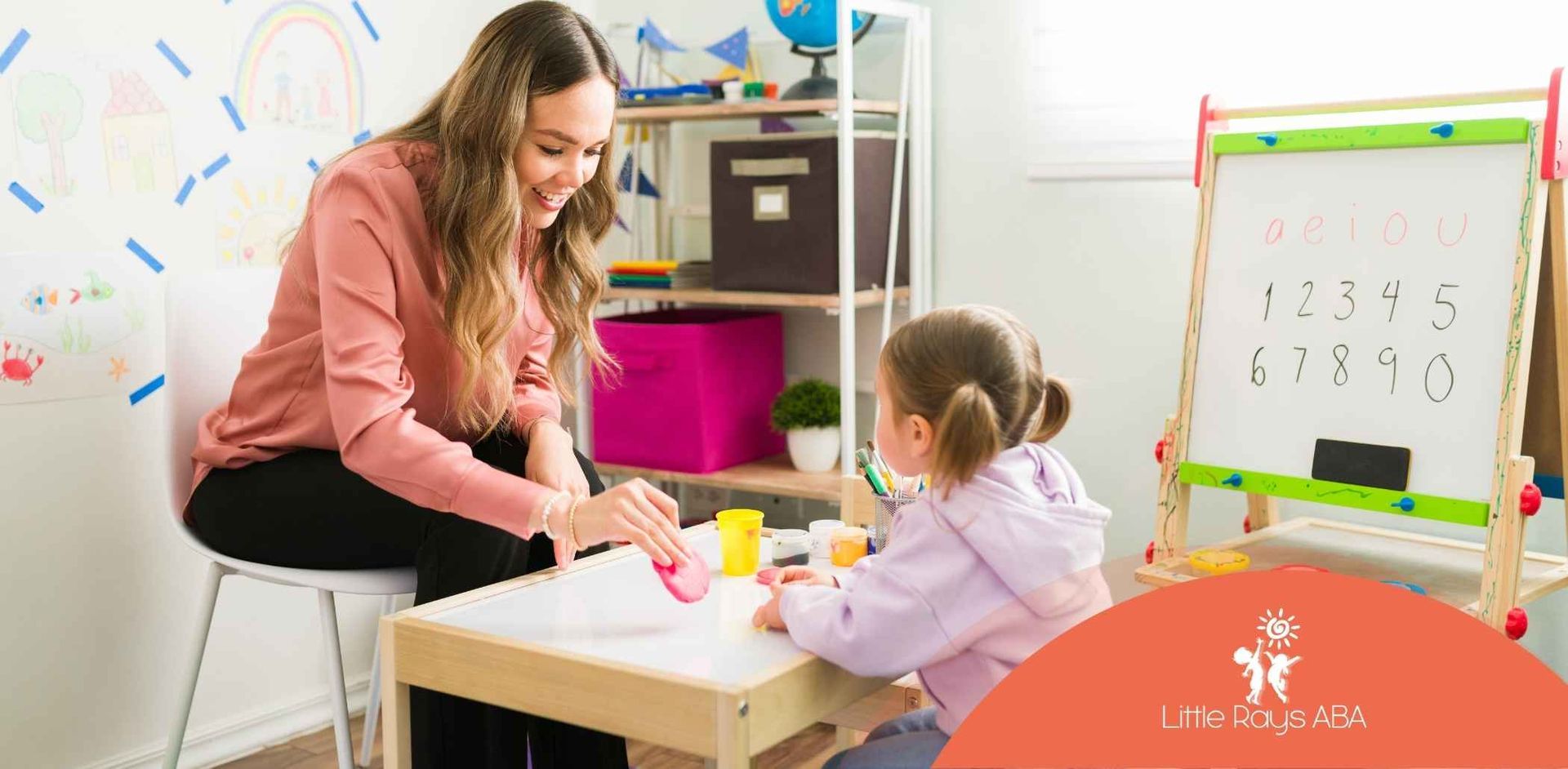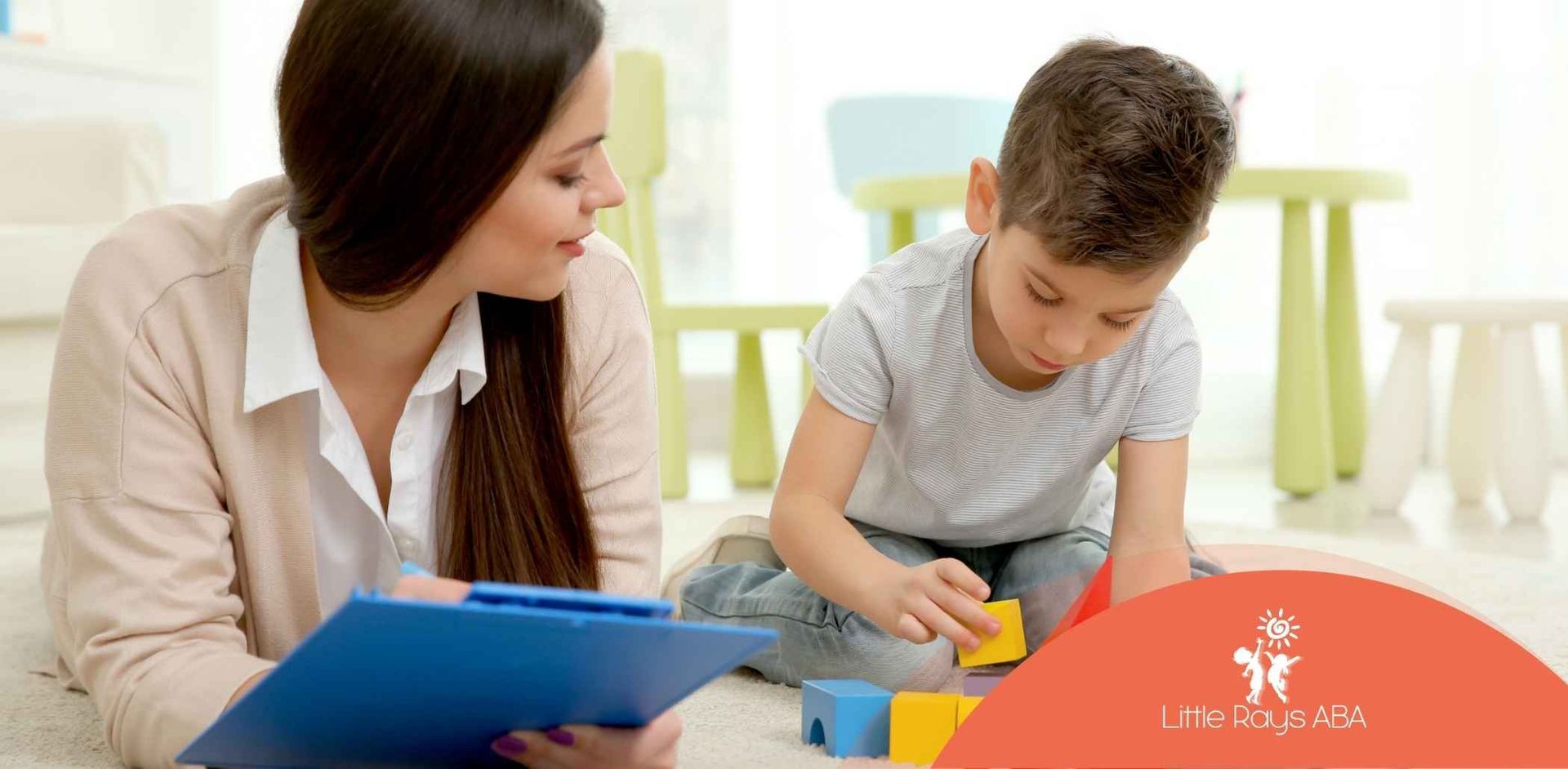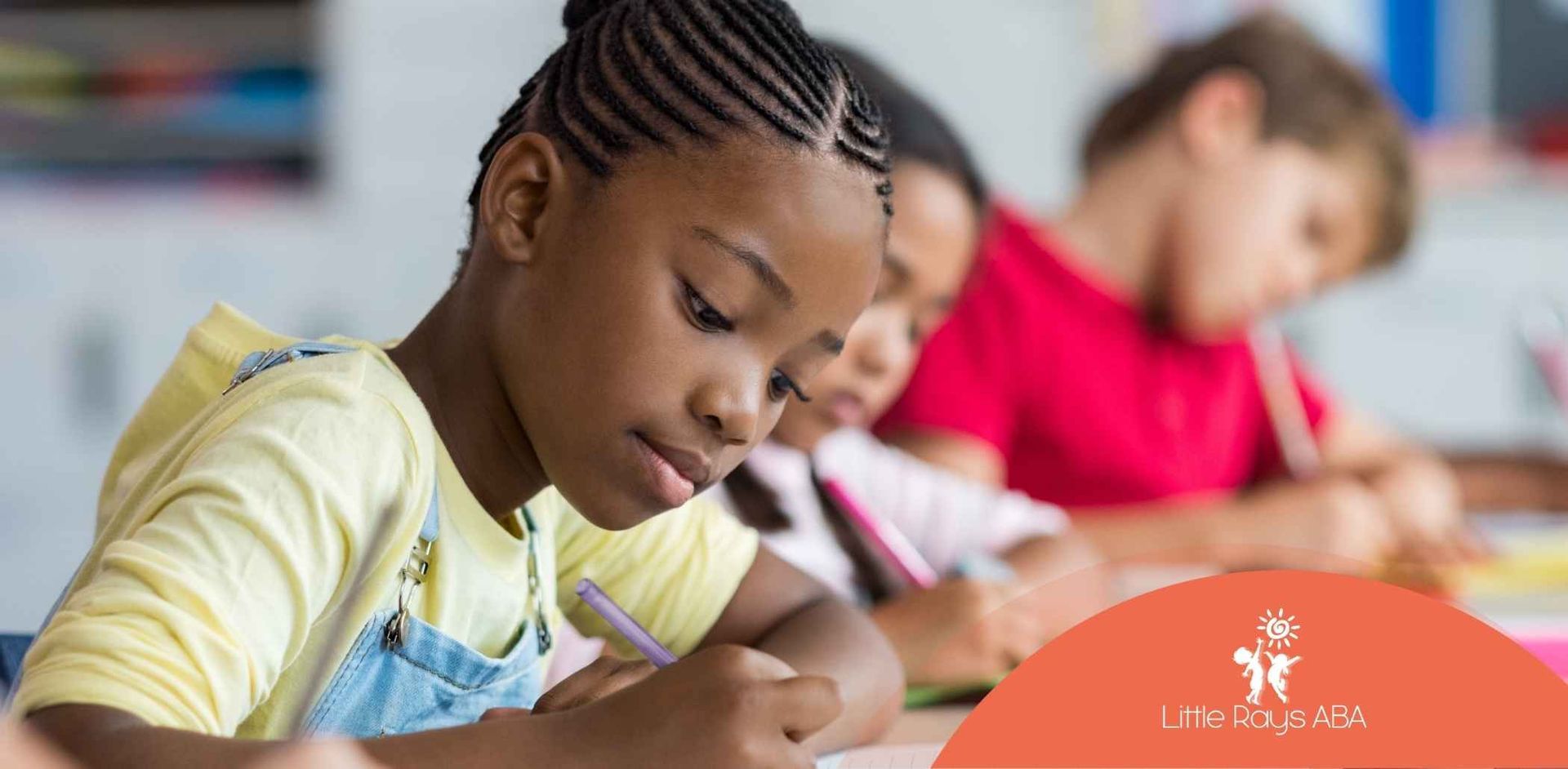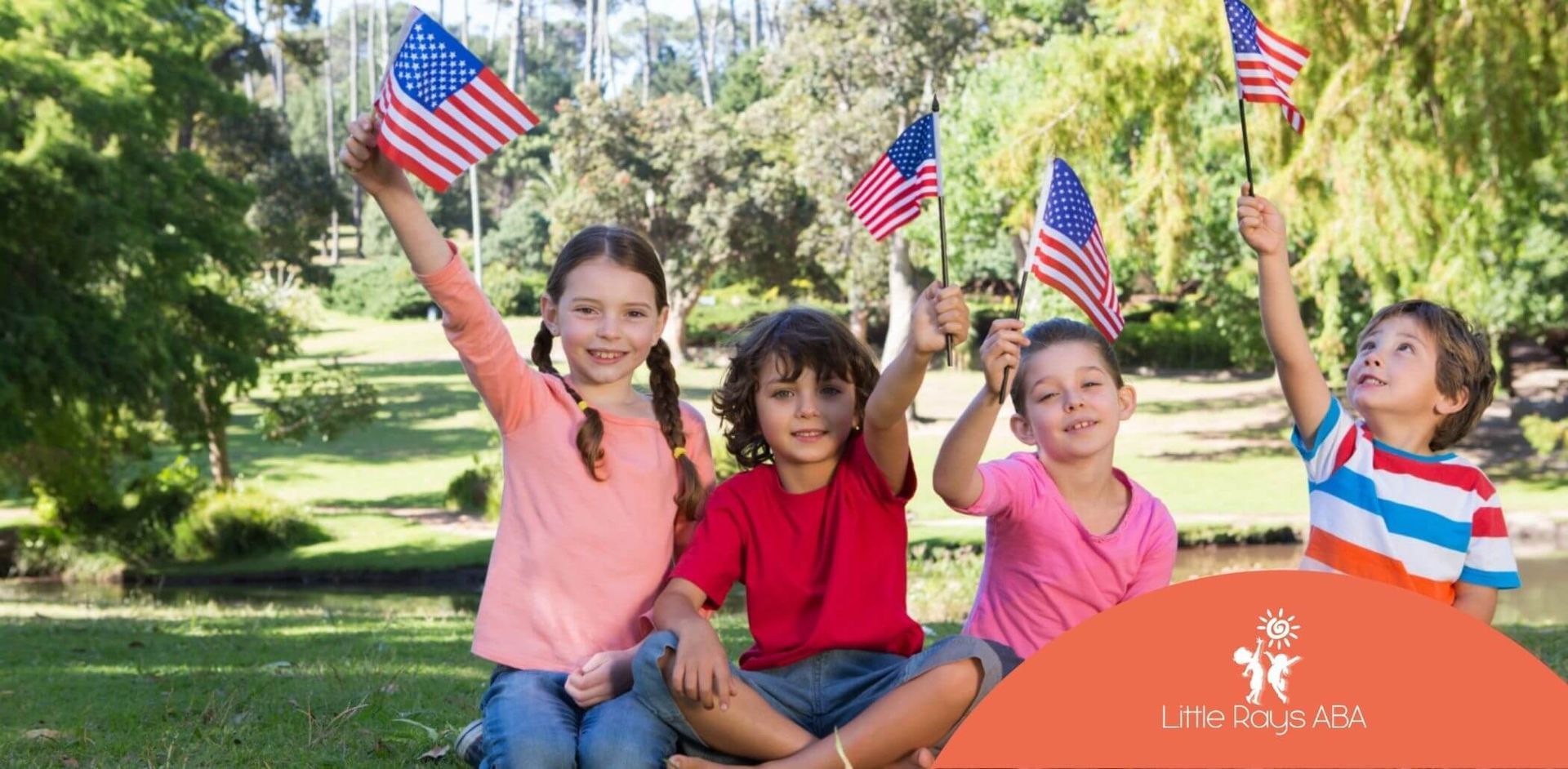
How to Plan a Relaxed and Fun 4th of July for Sensory Sensitivities
Key Highlights
- Explore sensory-friendly activities to make the Fourth of July enjoyable for everyone.
- Understand how to accommodate sensory sensitivities like loud noises and bright lights during this festive day.
- Get simple tips for crafting calming spaces at home or during community celebrations.
- Dive into creative ideas like sensory bins and quiet activities tailored to those with sensory needs.
- Learn strategies to help family members, especially kids, manage large crowds and fireworks displays.
- Create a more inclusive and thoughtful July 4th celebration for people with sensory challenges!
The 4th of July is a day to celebrate, but for those with sensory sensitivities, it’s not always the most relaxing day. Fireworks, loud music, and crowded spaces can all contribute to sensory overload. Fortunately, there are many ways to make the holiday more sensory-friendly and enjoyable for everyone.
I’ve worked with families where sensory overload was a recurring issue during Independence Day celebrations. One child would hide under a blanket at the sound of fireworks, but with a little thoughtfulness—like offering noise-canceling headphones and scheduling quiet breaks—these families were able to make new, positive memories on the 4th of July.
Understanding Sensory Sensitivities During July 4th
Sensory sensitivities refer to the heightened reaction people can have to certain sights, sounds, or textures. For example, many children with autism may struggle with the loud sounds of fireworks, or the bright lights from displays may be overwhelming for others.
As an ABA therapist, I’ve seen how these types of experiences can quickly lead to distress. One of the families I worked with had a child who loved the idea of fireworks but would cover his ears and retreat to a corner at the first boom.
By planning ahead with tools like noise-canceling headphones and providing a calm space, the family was able to let him participate in the festivities without causing a sensory meltdown.
Understanding these sensitivities is crucial when planning events. When you can anticipate the potential triggers—like the unexpected bursts of loud noises—you can take proactive steps to reduce the stress and ensure a more inclusive celebration.
Common Sensory Challenges During Independence Day Celebrations
The Fourth of July is often a sensory-heavy experience. Here are some common challenges:
- Loud Noises: Fireworks and booming music can be distressing. Sudden loud noises may cause physical discomfort, heightened anxiety, or sensory overload. For children, this may result in meltdowns or withdrawal.
- Bright Lights: The bright lights from fireworks displays, along with the sun’s intensity, can be difficult for people with light sensitivities.
- Large Crowds: The bustling crowds at parades or barbecues can add to the stress. For individuals with sensory processing challenges, crowded environments can lead to feelings of overwhelm.
Planning a sensory-friendly event means considering how to minimize these triggers. One easy step is to provide quieter spaces or offer ear protection to help manage sound levels. This small adjustment can make a huge difference in ensuring everyone has an enjoyable time.
Why Sensory-Friendly Activities Matter for Kids and Adults
Sensory-friendly activities aren't just for kids—they benefit teenagers and adults too. Individuals with sensory sensitivities can struggle with traditional Independence Day celebrations, but with a little thoughtfulness, you can ensure the day is fun for everyone.
I’ve worked with families who felt they had to avoid public events due to sensory overload, but after incorporating sensory tools—like fidget toys, sunglasses, and calming activities—these same families found ways to stay engaged. The idea is to offer alternatives that allow people to participate without feeling overwhelmed.
By setting up sensory-friendly activities, like crafts or tactile play with sensory bins, we’re giving everyone the chance to enjoy the holiday in a way that suits their needs. This approach encourages inclusion and ensures no one feels left out.
Step-by-Step Guide to Planning Sensory-Friendly Activities
Step 1: Choose Calming Activities Over Loud Events
Instead of traditional loud events, offer soothing alternatives like:
- Crafting: Make "toilet paper roll fireworks" or create red, white, and blue art.
- Water Beads: Let children explore the tactile experience of squishy water beads.
- Sensory Bins: Fill bins with red, white, and blue items for tactile play.
These activities engage participants without overwhelming their senses.
Step 2: Prepare Sensory Tools and Comfort Items
Before the event, make sure you have:
- Noise-Canceling Headphones or Earplugs for those sensitive to loud sounds.
- Sunglasses or Hats to protect against bright lights.
- Glow Sticks: A calming, colorful light source for evening fun.
- Comfort Items: Bring familiar objects like a favorite blanket or stuffed animal for reassurance.
These items help manage sensory overload and create a more comfortable environment.
Conclusion
The Fourth of July is a time for celebration, but it’s essential to make sure everyone can participate, especially those with sensory sensitivities. With thoughtful planning and sensory-friendly activities, you can create an inclusive and enjoyable holiday for all.
By providing quiet spaces, offering calming activities, and using simple tools like noise-canceling headphones, you can ensure that no one feels overwhelmed or left out.
At Little Rays ABA, we understand that every child is unique, and so are their therapy needs. That's why we offer personalized, evidence-based ABA therapy services across Florida. Whether it's in-home, school-based, or camp therapy, our compassionate team is dedicated to helping your child thrive.
With a presence in numerous Florida cities—including Miami, Fort Lauderdale, Orlando, Tampa, and Jacksonville—we're committed to making quality therapy accessible to families throughout the state .
If you're ready to take the next step in your child's developmental journey, contact Little Rays ABA today. Together, we can create a brighter future for your child
Frequently Asked Questions
What are some examples of sensory-friendly July 4th activities?
Sensory bins that use rice or water beads can be fun for kids. You can set up quiet spaces for anyone who wants to relax. Try simple crafts, such as making toilet paper roll fireworks. Glow sticks can be a good way to add some color and light. Use visual schedules to help make sure everyone knows what to do next. With these ideas, the celebration can be calm and fun for all.
How can I help my child cope with fireworks noise?
Give your child things that help with comfort. These can be noise-canceling headphones or earplugs to help with loud noises. Sunglasses are good for when there is too much going on. Set up a quiet area in your place so they can go there if noises get to be too much. If you offer reassurance, it can help stop meltdowns.
Can sensory-friendly activities be enjoyed by the whole family?
Of course! The Fourth of July is a great time for BBQs, quiet places to relax, and fun glow stick dances. These are good ways to help with sensory needs. You can find something for everyone to enjoy. When we think about inclusion, we make sure that all family members can join in the July fun together. This way, everyone can connect and celebrate on this special day.
Sources:
- https://www.autismspeaks.org/expert-opinion/tips-autism-friendly-fourth-july
- https://www.autismspeaks.org/sensory-issues
- https://www.autism.org.uk/advice-and-guidance/topics/sensory-differences/sensory-differences/all-audiences
- https://autismsociety.org/fun-for-all-autism-friendly-considerations-for-celebrating-the-fourth-of-july/
- https://pmc.ncbi.nlm.nih.gov/articles/PMC3086654/
Related Posts
